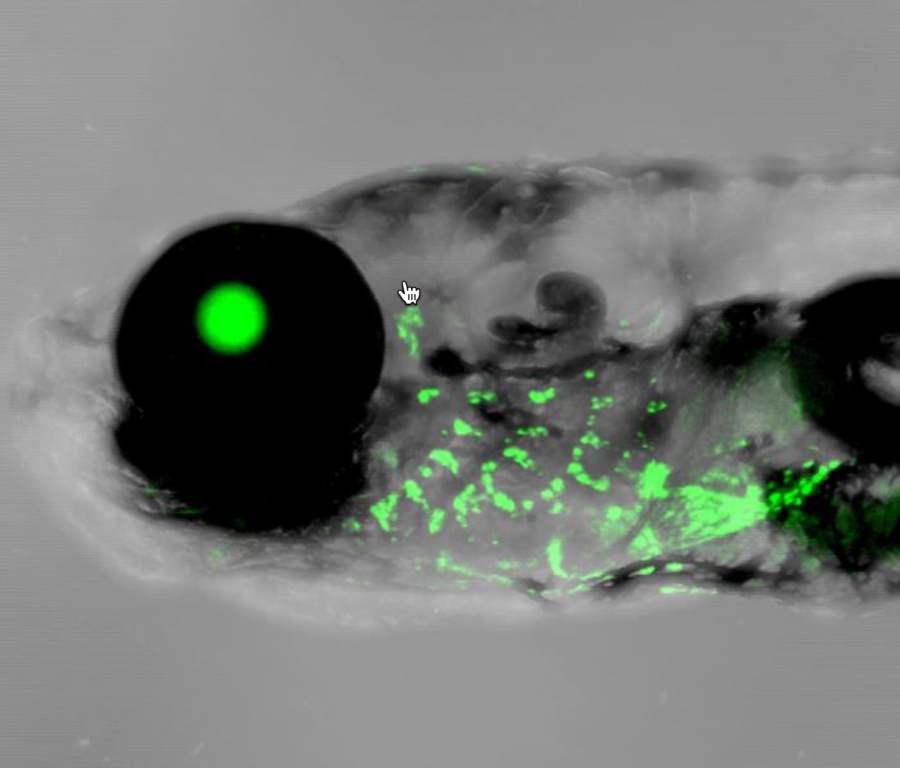Scientists at USC have made a groundbreaking discovery about the origins of the mammalian outer ear, that distinctive spiral of cartilage on the sides of our heads. Their findings, published in Nature, reveal that our ears have an unexpected connection to fish gills and even ancient marine invertebrates, reaching back hundreds of millions of years.
Why it matters
This discovery fills a gap in our understanding of mammalian evolution, revealing how a structure unique to mammals - the outer ear - emerged from the respiratory organs of our aquatic ancestors.
The finding introduces a new method for tracing how body parts can dramatically transform through evolution to serve entirely different functions.
The intrigue
The key breakthrough occurred when researchers found that gills and outer ears share a unique type of tissue: elastic cartilage. This connection wasn't immediately apparent, as gills and ears appear and function quite differently, and their soft cartilage seldom appears in fossils.
 Human outer ear enhancer driving green fluorescence protein expression in the gills of a 2-week-old zebrafish.
Human outer ear enhancer driving green fluorescence protein expression in the gills of a 2-week-old zebrafish.
How it works
The research team used genetic techniques to demonstrate the connection:
- They inserted human outer ear genetic enhancers into zebrafish and found they became active specifically in the fish's gills.
- In reverse experiments, fish gill enhancers became active in mouse outer ears.
- These same genetic elements were active in tadpole gills and eventually moved to form ear canals in reptiles.
- The team even found similar genetic activity in horseshoe crabs, suggesting this type of cartilage first appeared in marine invertebrates nearly 400 million years ago
The big picture
This study adds a fascinating new chapter to our understanding of ear evolution.
- While previous research had shown that the middle ear bones evolved from fish jaw bones, this research shows the outer ear emerged from the transformation of gill structures.
- It highlights nature's remarkable ability to repurpose existing structures for entirely new functions through the course of evolution.


